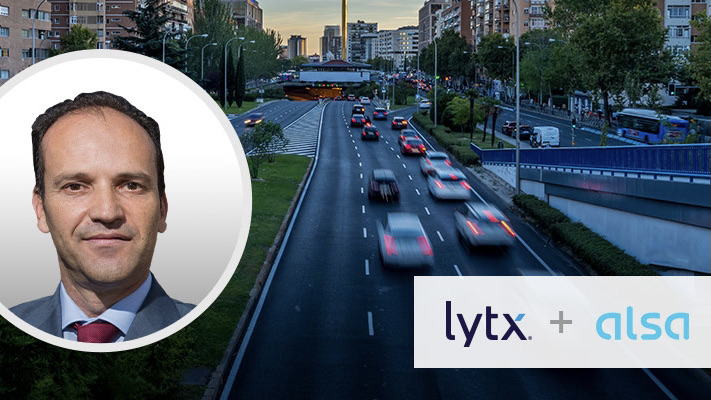Safety and liability issues are major concerns whenever the transportation of people is involved. Alsa, a Spanish transportation company that serves more than 300 million people a year, has invested in video telematics to help protect their drivers, passengers, and their bottom line.
In a recent on-demand webinar hosted by Lytx, we spoke with Eduardo Mayoral, Director of Safety and Quality at Alsa, to understand his main considerations when looking for a video telematics system, the challenges and barriers to adoption that Alsa faced, and what he’d do differently if he could do it all over again.
The risk factors
While safety is a top concern for most fleets, the stakes are even higher for passenger transportation companies. Alsa needed a solution to address three basic risk factors contributing to driver accidents:
- Distracted driving
- Speeding
- Driver’s health and habits
“We have programmes in place to deal with these issues,” explained Eduardo. “But what they all have in common is that they require the use of technologies that enable remote driver monitoring.”
The challenges to finding a solution
Once Alsa had made the decision to implement remote driver monitoring, there were many factors to consider while evaluating solutions. Eduardo said their top three challenges were:
- Determining which of the available technologies was the best fit for the fleet
- Finding a provider that could accommodate their unique needs and deliver dependable technology
- Overcoming the initial resistance from the workers’ legal representatives and unions
Eduardo explained how the company dealt with these challenges: “We did market research, looked for alternatives, and contacted many service providers,” he said. “For the final and most complex issue, we communicated honestly and openly with the workers’ legal representatives that these technologies were aimed at improving driving styles, and not at controlling or punishing the drivers.”
Alsa began implementing Lytx video telematics in 2017 and currently has dashcams in more than 1600 vehicles.
Goals achieved and lessons learnt
“Installing these technologies has been a big success for Alsa,” said Eduardo. “From day one we saw the need to communicate and inform our drivers, their legal representatives, unions, etc.
We made a big effort to communicate effectively with them.”
If he could do one thing differently, Eduardo said he’d amplify their internal communications: “Even with our great efforts, we always found someone who wasn’t fully informed,” he said. “If I could do this over again, I would do the same, but intensify our effort to communicate and inform people. And somehow avoid information getting out informally that could affect those involved.”
Eduardo was pleased to tell us that Alsa’s goal of reducing accidents has been achieved: “These smart cameras have changed the way we oversee road safety,” said Eduardo. “They allow us to detect behaviours that can be improved and therefore should be corrected. We can breakdown into detail every incident that takes place during a driver’s day. It lets us identify relevant details worth analysing, and discard those that aren’t of value. Moreover, these technologies allow us to evaluate behaviours with greater risk potential … and support and complement preventive and proactive roadside safety measures.”
With more than 25 years of experience in fleet tracking, Lytx is here to help. To learn more about Lytx’s suite of solutions for any sized fleet, please contact us or reach us at +44 (0) 1908 880 733 / intlchannelsales@lytx.com.
